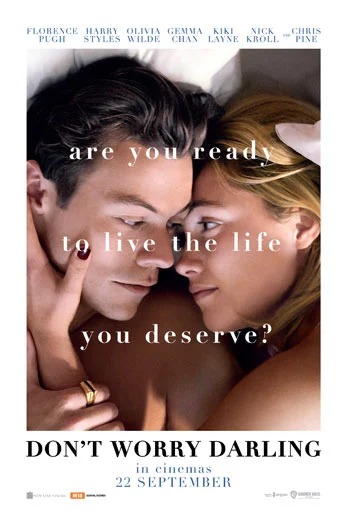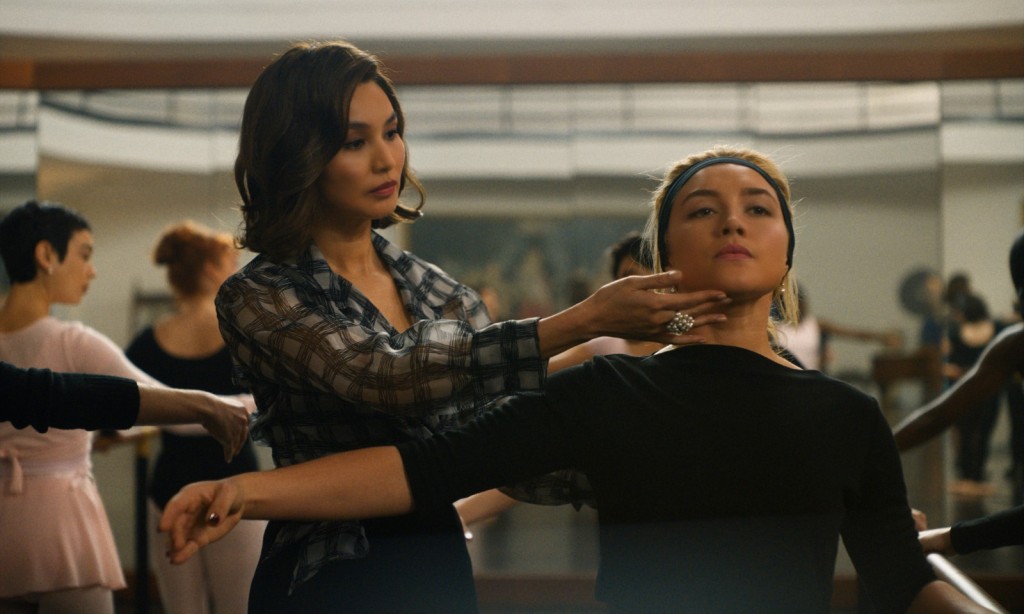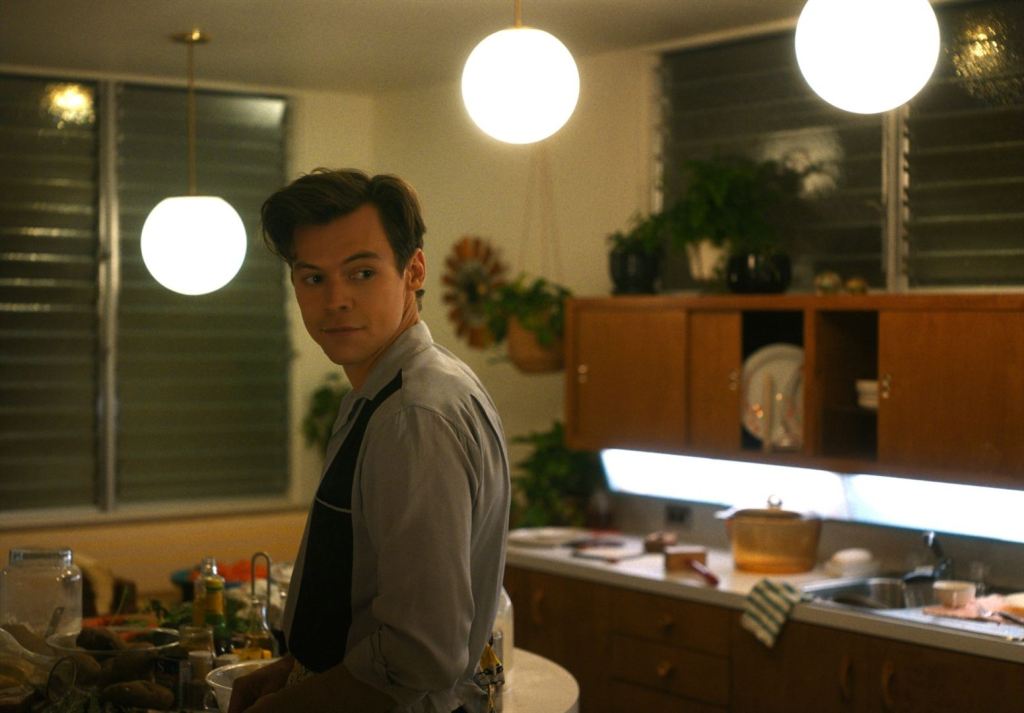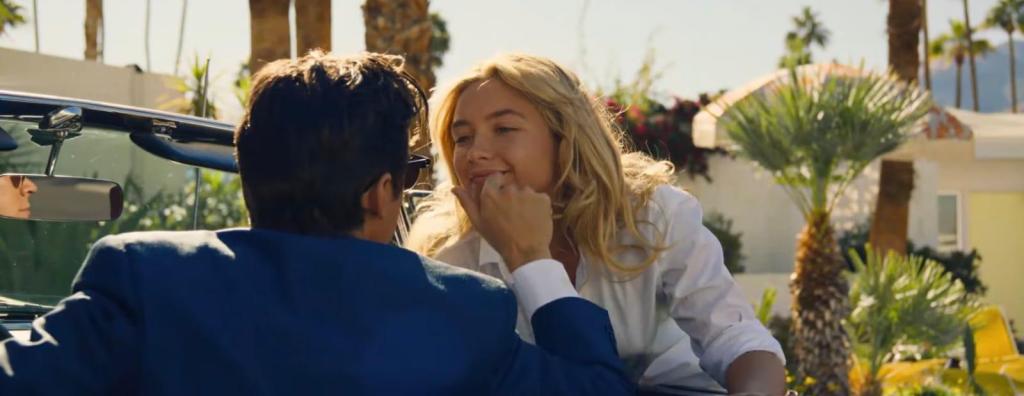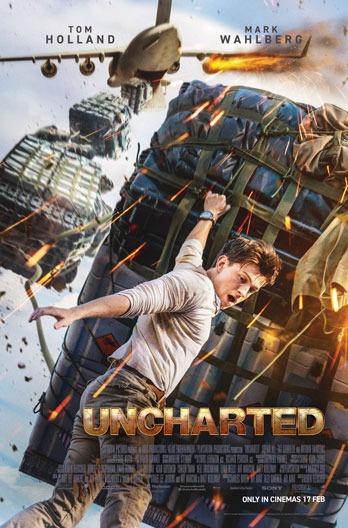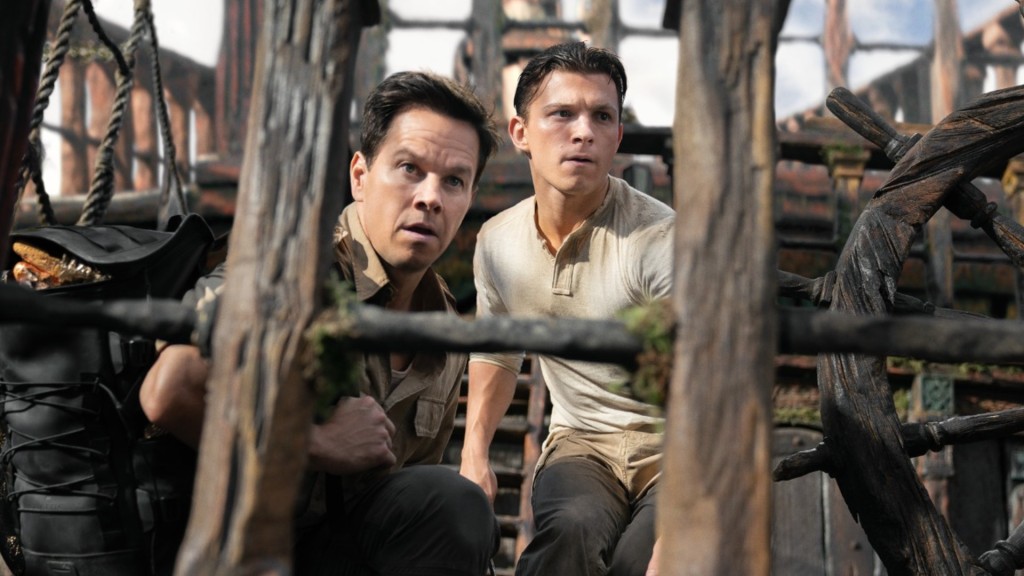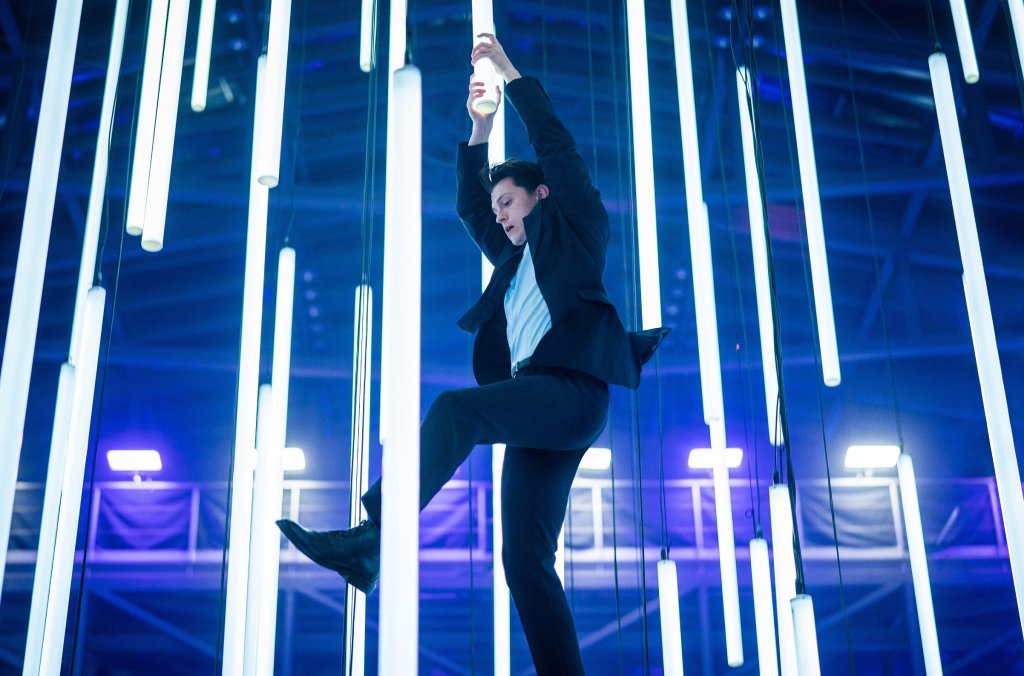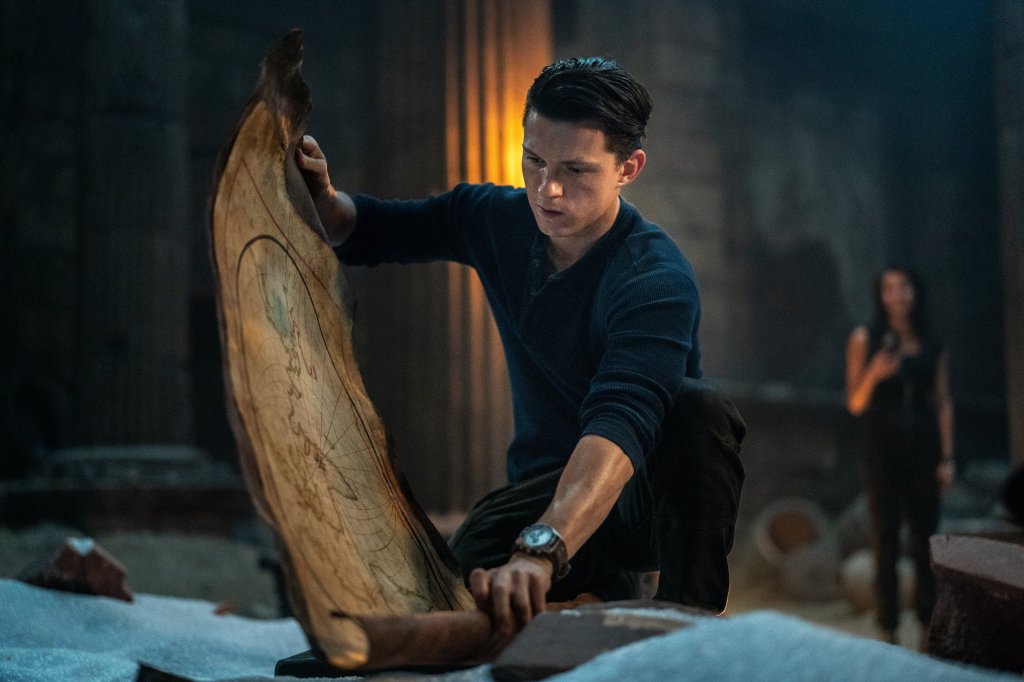Director: James Mangold
Cast: Harrison Ford, Phoebe Waller-Bridge, Mads Mikkelsen, Antonio Banderas, John Rhys-Davies, Toby Jones, Boyd Holbrook, Ethann Isidore, Olivier Richters, Shaunette Renée Wilson
Genre: Action/Adventure
Run Time: 154 min
Opens: 29 June 2023
Rating: PG13

In 1989, Indiana Jones and the Last Crusade ended with our heroes riding off into the sunset. The man in the hat would return to movie screens yet, with 2008’s Indiana Jones and the Kingdom of the Crystal Skull being released to general derision. Now, it’s time for one last adventure – for real, this time (maybe).
In 1944, archaeologist Indiana “Indy” Jones (Harrison Ford) and his associate Basil Shaw (Toby Jones) escaped the clutches of Nazis, including physicist Jürgen Voller (Mads Mikkelsen), who had acquired half of the fabled Antikythera Mechanism. Twenty-five years later, Indy is about to retire, but is pulled back into an adventure by Helena Shaw (Phoebe Waller-Bridge), Basil’s daughter and Indy’s goddaughter. Voller was recruited by the US government to work on the space program, going by the pseudonym “Schmidt”. After the successful moon landing, he turns his sights back to the Antikythera. Indy and Helena race against Voller and his cohorts, including his right-hand man Klaber (Boyd Holbrook) and hulking henchman Hauke (Olivier Richters), to search for the other half of the dial, said to have been created by Archimedes himself. Along the way, Indy and Helena partner with allies including Teddy Kumar (Ethann Isidore), a street urchin whom Helena recruited in Morocco, and salvage diver Renaldo (Antonio Banderas), who helps Indy reach an artifact on the ocean floor. The mechanism’s mysterious power could change the course of history as we know it, and it’s up to Indy and company to stop it from falling into the wrong hands.

This is the first Indiana Jones film not directed by Steven Spielberg, who remains on board as an executive producer, alongside George Lucas. James Mangold, a generally reliable filmmaker whose last two films were Ford v Ferrari and Logan, takes the helm. It’s clear he takes the responsibility seriously, and the result is an Indiana Jones film that strives to feel as much like the original trilogy as possible. The movie also looks quite a bit better than Kingdom of the Crystal Skull did, with less of a sense of artifice in Phedon Papamichael’s cinematography compared to Janusz Kaminski’s work on that film. And John Williams returning to pen the score goes a long way to making this feel like authentic Indy.

The movie’s biggest asset is Harrison Ford. Ford has a reputation for being grumpy and is sometimes perceived to be phoning it in, but he is in excellent form here. While he probably had a big assist on most of the physical action, the charm and gravitas Ford brought to the role are intact. During the dramatic beats, he effectively essays a man who has had adventures to last several lifetimes. He plays the emotional scenes with an affecting sincerity. The not-so-subtle motif of the movie is time, and Ford isn’t hiding from his age, but he isn’t letting that get in the way either. After all, as the character once said so memorably, “It’s not the years honey, it’s the mileage”.

Phoebe Waller-Bridge is a charismatic, light presence as Helena Shaw, who is pretty much the Han Solo archetype – a roguish mercenary motivated by money who still has a heart of gold. Waller-Bridge is certainly a better sidekick than Shia LaBeouf was, and this movie isn’t interested in positioning Helena to replace or supplant Indy, as certain fans might have feared.

Mads Mikkelsen can always be counted on to be an effective villain in a big Hollywood movie, and his Jürgen Voller is an ambitious, serious figure. One of the film’s most chilling moments is an encounter between Voller and a room service waiter (Alton Fitzgerald White). The Indiana Jones movies have used the Nazis as pulp villains in the past, something Spielberg said he could not return to after making Schindler’s List. The Nazis in this movie are generally less buffoonish, and in that scene, their monstrous ideology feels more real than it has in the earlier movies.

In every movie, Indy is searching for one or more prized artifacts, and sometimes, he doesn’t get to take them back with him. Dial of Destiny feels like that sometimes. The movie should be a triumphant last hurrah, a full-throated celebration of everything audiences love about the franchise. While it works more often than it doesn’t, it never really arrives where it wants to go. There is an effort to stage set pieces with the same panache and the satisfying cause-and-effect element of the ones from the original trilogy, but Mangold doesn’t possess Spielberg’s nigh-legendary finesse in this area. All throughout Dial of Destiny, the effort is all too palpable, all too apparent. We see the movie trying too hard, straining to give everyone what they want. It’s not bad, it’s just all been done better. Even given the franchise’s history of fantastical elements, the movie’s ending might break some viewers’ suspension of disbelief, but this reviewer was fine with it.

There are certain ingredients in an Indiana Jones adventure that always must be there: the MacGuffin(s) that our hero must pursue (and must lose to the villains at least once), the kinetic chases, the tombs with booby traps and puzzles, the creepy crawlies, and the supernatural third act. All those elements are present and accounted for in Dial of Destiny, and there seems to be considerable care taken in realising them, but nothing in this fully matches, let alone outshines, any of the memorable moments from earlier in the franchise. Still, when compared to relatively recent adventure movies including Tomb Raider (2018), Jungle Cruise and Uncharted, Dial of Destiny is a reminder that nobody does it better than Indy.

Summary: Indiana Jones and the Dial of Destiny is a sturdy adventure film that strives to do justice to an iconic character. The movie reminds viewers of the series’ earlier triumphs without fully matching up to them but is more than carried by Harrison Ford. The star is gruff but is far from phoning it in, giving a sincere, almost moving performance in what is billed as his final outing in the Fedora and the leather jacket. Phoebe Waller-Bridge and Mads Mikkelsen fulfil their obligations as the sidekick and the villain respectively, while there are the expected appeals to nostalgia. Everything that Dial of Destiny does has been done better in the series, but it’s still mostly gratifying to see it done at all.
RATING: 4 out of 5 Stars
Jedd Jong












